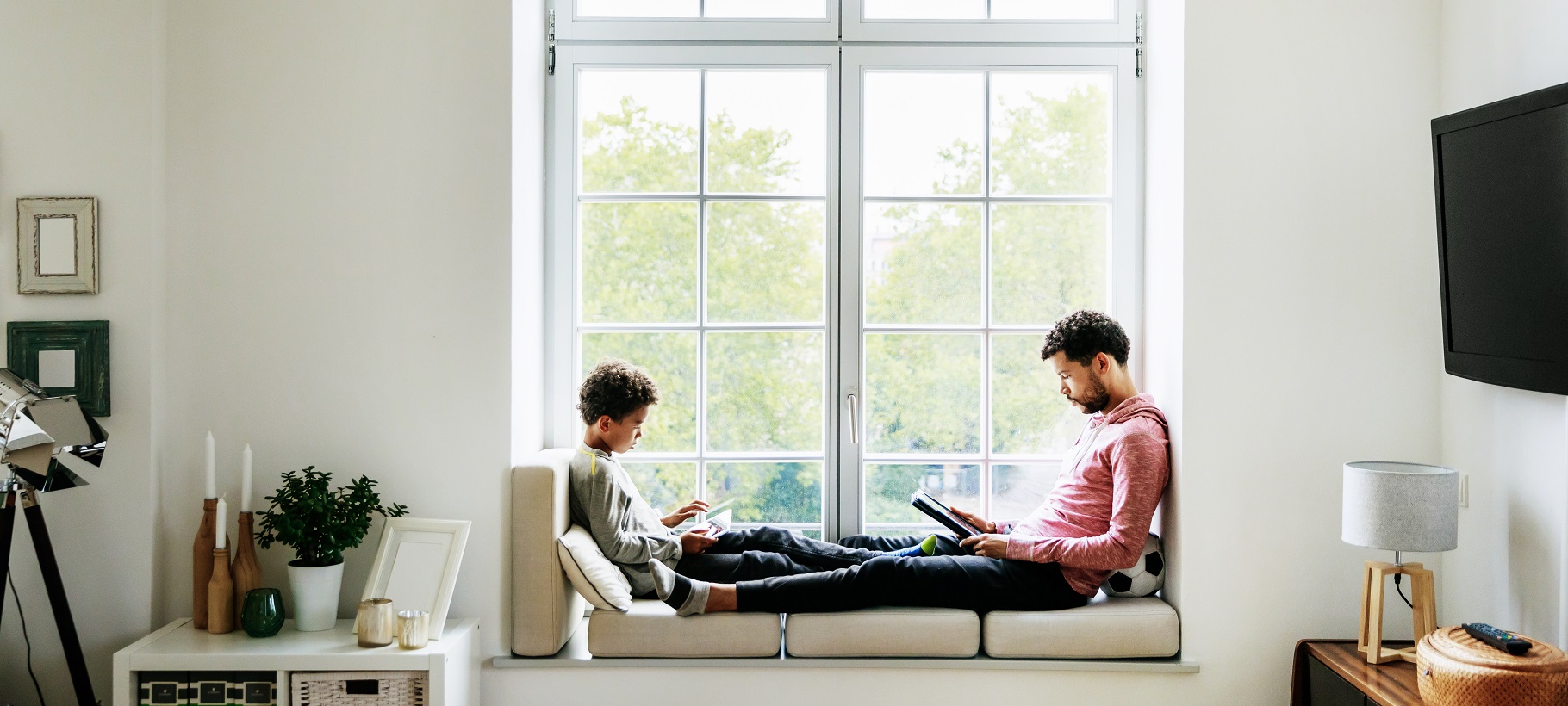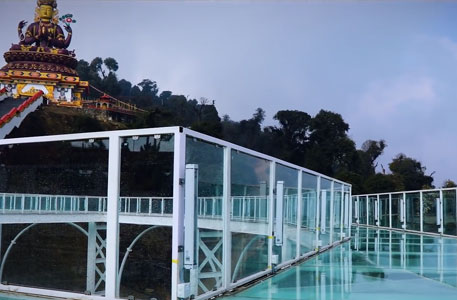


Natural light provides a sense of orientation, affecting our surroundings and marking the passage of time. Glass enables us to control and manipulate light to our advantage. As Frank Lloyd Wright rightly said, "The sun is the great luminary of all that lives. It should be used as such in the design of every house." Daylight is the source of life and essential to our wellbeing, development and health. The great architects of every age have understood this, captivated and inspired by its necessity. Glass enables us to control and manipulate light to our advantage. A window is a link between the interior environments where we live and work and the outside world. It can determine the quality of a building, in terms of both architectural design and interior ambiance.
Light levels and their effect on interior spaces, can influence our daily activities and frame of mind. Some general suggestions are:
![]() To open up areas where we spend much time during the day, such as kitchens, dining rooms, reception rooms and offices
To open up areas where we spend much time during the day, such as kitchens, dining rooms, reception rooms and offices
![]() To encourage natural light into areas of study and work, at home and in the workplace
To encourage natural light into areas of study and work, at home and in the workplace
![]() To ensure that rooms are properly ventilated, for health and hygiene reasons
To ensure that rooms are properly ventilated, for health and hygiene reasons
![]() To design houses or buildings so that all living areas have access to opening windows
To design houses or buildings so that all living areas have access to opening windows
![]() To take the external surroundings into account (nearby buildings, vegetation, natural features)
To take the external surroundings into account (nearby buildings, vegetation, natural features)
 To provide natural illumination from more than one direction wherever possible. Glazing on two opposite facades balances lighting levels, softens shadows and opens up the room space
To provide natural illumination from more than one direction wherever possible. Glazing on two opposite facades balances lighting levels, softens shadows and opens up the room space
There are two drivers of aesthetics:
| Visual light transmission | Reflection |
| It is defined as the percentage of the light transmitted through the glass. | The reflection of the glass depends on the type of coating and also the position of the coating used on the glass, Lower external reflection helps in the true colour rendering of the building and it is normally suggested to have lower internal reflection to minimize the night time glare. |
Most people spend much of their day either at work, at home or in an educational establishment. The quality of the light in their surroundings has considerable implications on their safety, health, state of mind and even their efficiency.
Position work areas close to windows
Facilitate visibility out of the building
Avoid direct sunlight in work areas to minimize the problems associated with glare
Distribute light evenly, avoiding strong areas of contrasts in the field of vision, which can result in problems associated with glare

